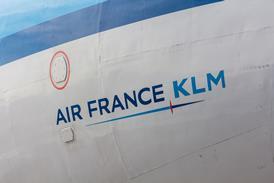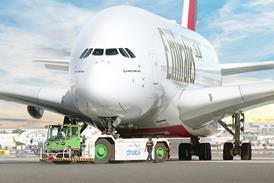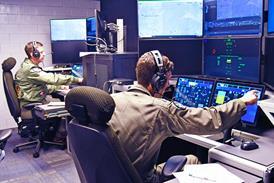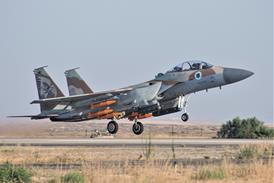Nuisance warnings could deter quick response by pilots
Pilots could delay reacting to terrain awareness warning system (TAWS) alerts due to the high level of false and nuisance warnings generated, the UK Civil Aviation Authority is warning.
A CAA study of operators has revealed that TAWS systems produce seven times more false and nuisance warnings than genuine hard warnings. The study followed research by the Flight Safety Foundation (FSF) and International Civil Aviation Organisation, which showed that pilots often delay reacting to TAWS warnings.
The CAA's information was drawn from UK operators' flight data monitoring (FDM) records and mandatory occurrence reports (MOR) from April 2005 to March 2006. The FDM dataset recorded 54 TAWS hard warnings of which the CAA determined 12 were "genuine hard warnings, with crew reactions in all cases being well within the expected time".
But the MORs did not provide crew reaction time, and the CAA says that "differences in the data quality and quantity [between the two datasets] suggested a degree of under- and mis-reporting of TAWS hard warnings". The CAA recommends that MORs should be supported by FDM information.
The agency has determined that the whole UK fleet could expect about 26 TAWS hard warnings per million flights. The most common cause of the genuine warnings, says the CAA, was non-adherence to published procedures, or crews adopting non-standard or unusual procedures like late selection of gear and flaps, or crew training that did not emphasise strict adherence to published procedures.
The CAA's main concern is the discovery that "false and nuisance warnings were approximately seven times more frequent than genuine hard warnings", and that this could lead to crews delaying their response to a "pull up" warning. The FSF's research showed that "a TAWS warning can create surprise and stress due to the unexpected nature of the event".
The CAA's recommendation is to require pilots, in a simulator with a full visual display in good visibility, to deliberately continue through the "terrain" alert so they can see how close the aircraft is when the "pull up" warning finally comes.
Source: Flight International























